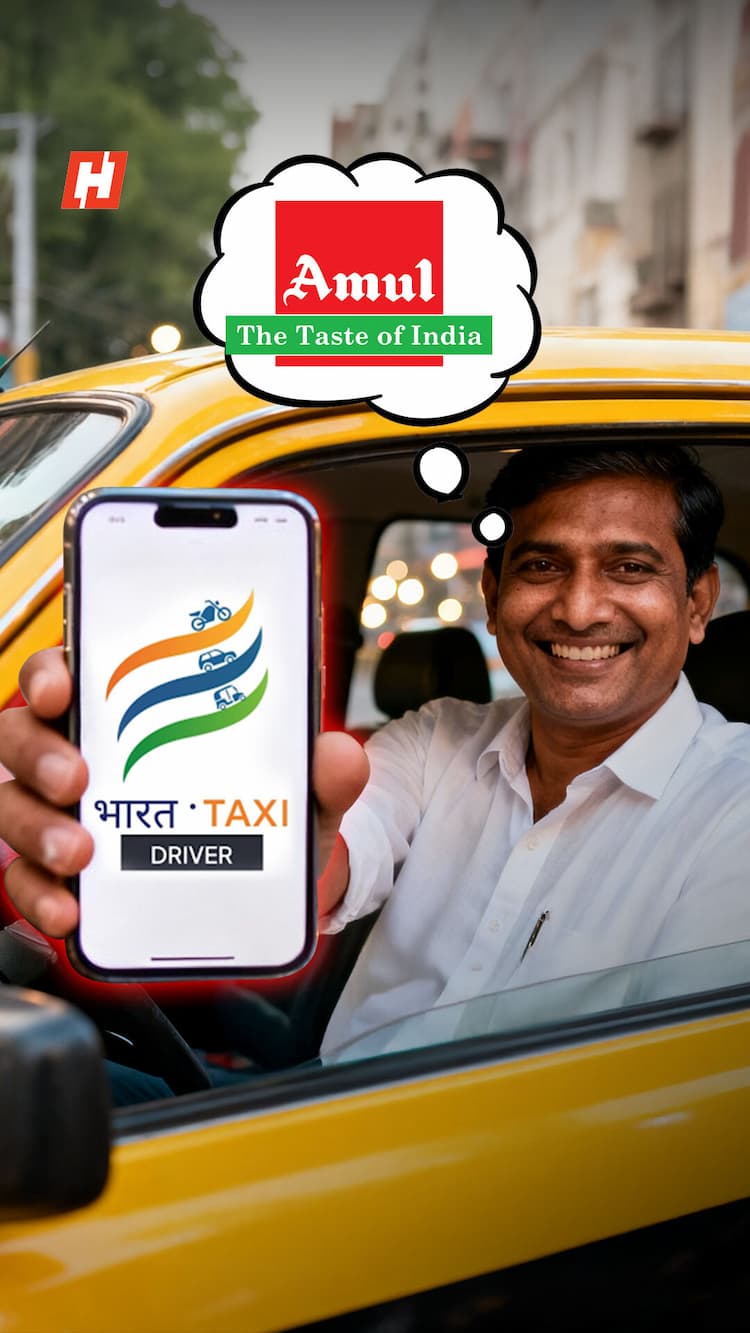How to spot a scam SMS in 3 seconds: Your 2025 guide to digital safety
In 2025, our phones are smarter than ever, but the good old SMS is still a favourite weapon for fraudsters. Think about it, one buzz on your phone and suddenly you’re told your electricity bill is overdue, or you’ve “won” a lottery you never entered. It’s quick, it’s sneaky, and it’s all curated to make you panic.
A McAfee study back in 2023 revealed just how big the problem is: over 80% of Indians admitted they had clicked on or fallen for a fake text at some point. On average, we’re all bombarded with around a dozen suspicious messages every single day.
The good news? Spotting these scams doesn’t need hours of training. With a few simple tricks and thanks to new safeguards introduced by the Telecom Regulatory Authority of India (TRAI). You can sniff out a scam text in as little as three seconds. Here’s how to train your eye and keep your personal and financial information safe.
The 3-second check: Decode the sender ID
When a text lands on your phone, the first clue isn’t hidden in the message itself. It’s sitting right at the top: the Sender ID. That little tag, like “VM-KOTAKB,” tells you who the SMS is really from.
In India, TRAI has made it compulsory for every business that sends bulk messages to register on a DLT (Distributed Ledger Technology) platform. Think of it as a digital logbook that records who the sender is and what they’re allowed to send. This step makes it much tougher for scammers to pose as banks, e-commerce companies, or government departments.
Here’s how you can quickly tell them apart:
- Transactional & service updates (banks, OTPs, delivery alerts) use short headers based on their name. For example: AXISBK (Axis Bank), ICICIB (ICICI Bank), FLPKRT (Flipkart), ZOMATO (Zomato).
- Promotional messages (sales, offers, marketing) usually come from numeric IDs, often beginning with 14xxxx or 18xxxx. If it’s from a number like this, you already know it’s an ad.
- Government alerts & bank notices always carry a registered alphanumeric ID. If a message asking for money or account details comes from a plain 10-digit number, treat it as a scam straight away.
- Rule of thumb: Banks, government bodies, and big companies will never contact you from a standard mobile number (+91 XXXXXXX…). If they do, it’s almost certainly fraudulent.
New SMS suffix codes: What you need to know
From now, the Telecom Regulatory Authority of India (TRAI) is implementing a fresh set of rules that change the way we see text messages. Until now, it wasn’t always easy to figure out whether that SMS buzzing your phone was a harmless promotion, a genuine bank alert, or something far more important. The new system aims to clear that confusion.
Every SMS header will now carry a tag that tells you what kind of message it is. A “–P” at the end means it’s a promotional offer, “–S” marks service-related updates, “–T” is for transactional alerts like OTPs or payment confirmations, and “–G” has been reserved for official government communication.
In other words, the Sender ID at the top does more than just display a name; it gives away the category of the message. So, if you see “VA-LABPTH-P,” that’s clearly a promotional campaign. “VA-ICICIT-S” would mean a service message from ICICI Bank, while government announcements say during an emergency or major public event will show up with a “–G” code.
TRAI says this move is designed to make critical communication stand out from the clutter of marketing spam. By introducing a dedicated header for government messages, the authority hopes people will never miss information that actually matters.
Why this change matters
Scam texts have been slipping into inboxes for years, blurring the line between real alerts and fake ones. Most people were left guessing, relying on instinct or using third-party tools to figure out if a message could be trusted. With the new header codes, that guesswork becomes a lot easier. If a message claiming to be from your bank or the government doesn’t carry the right code, you know straight away it’s suspicious.
The changes don’t stop there. TRAI has also moved to cut down on pesky sales calls. Those random 10-digit numbers used by telemarketers will now disappear, replaced with a “140” prefix that makes them easier to spot and easier for operators to block.
For everyday mobile users, this might feel like a small change, but it’s an important one. In a country where millions of people are bombarded with calls and messages daily, even a little extra clarity can go a long way in keeping digital fraud at bay.









